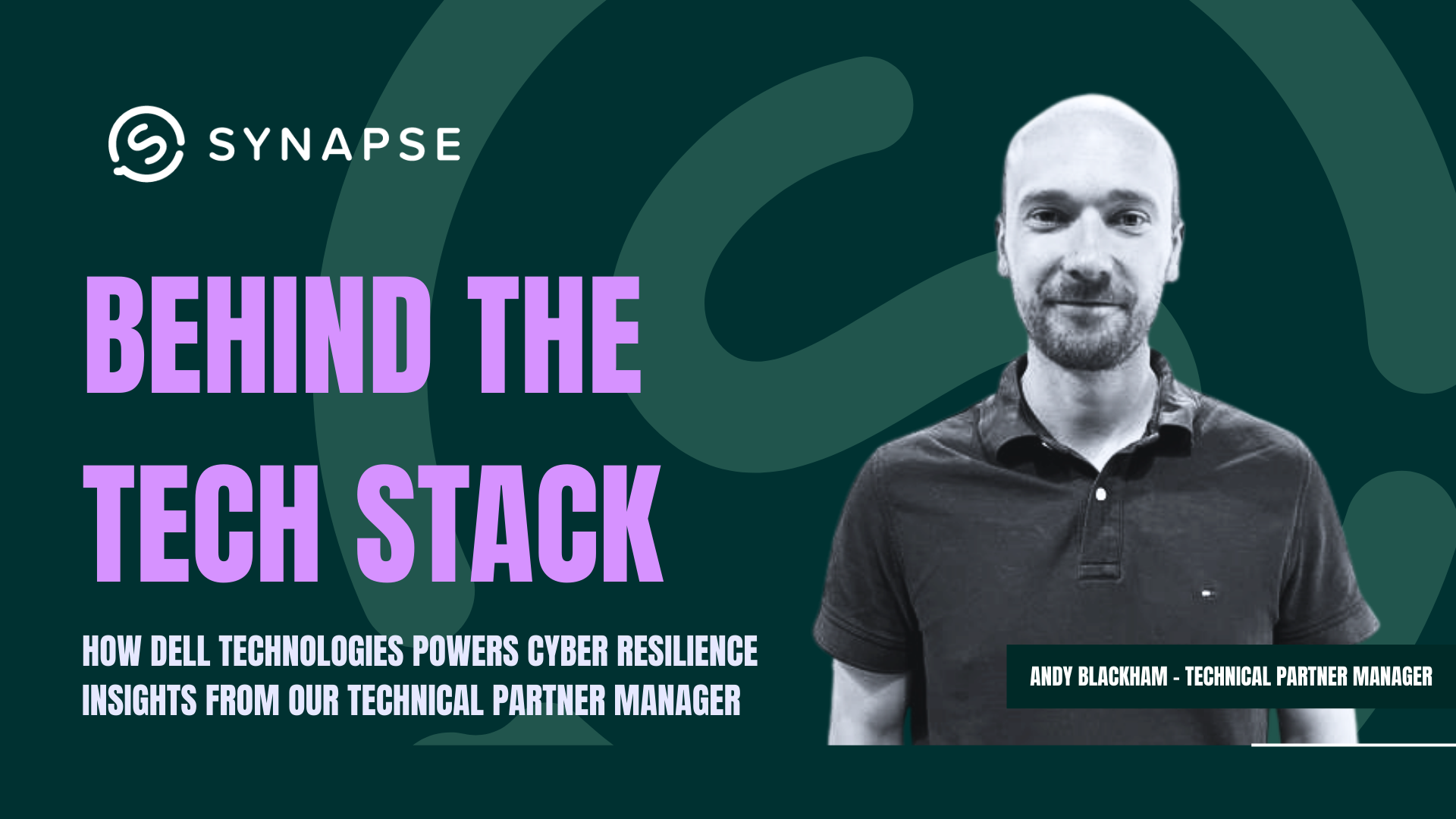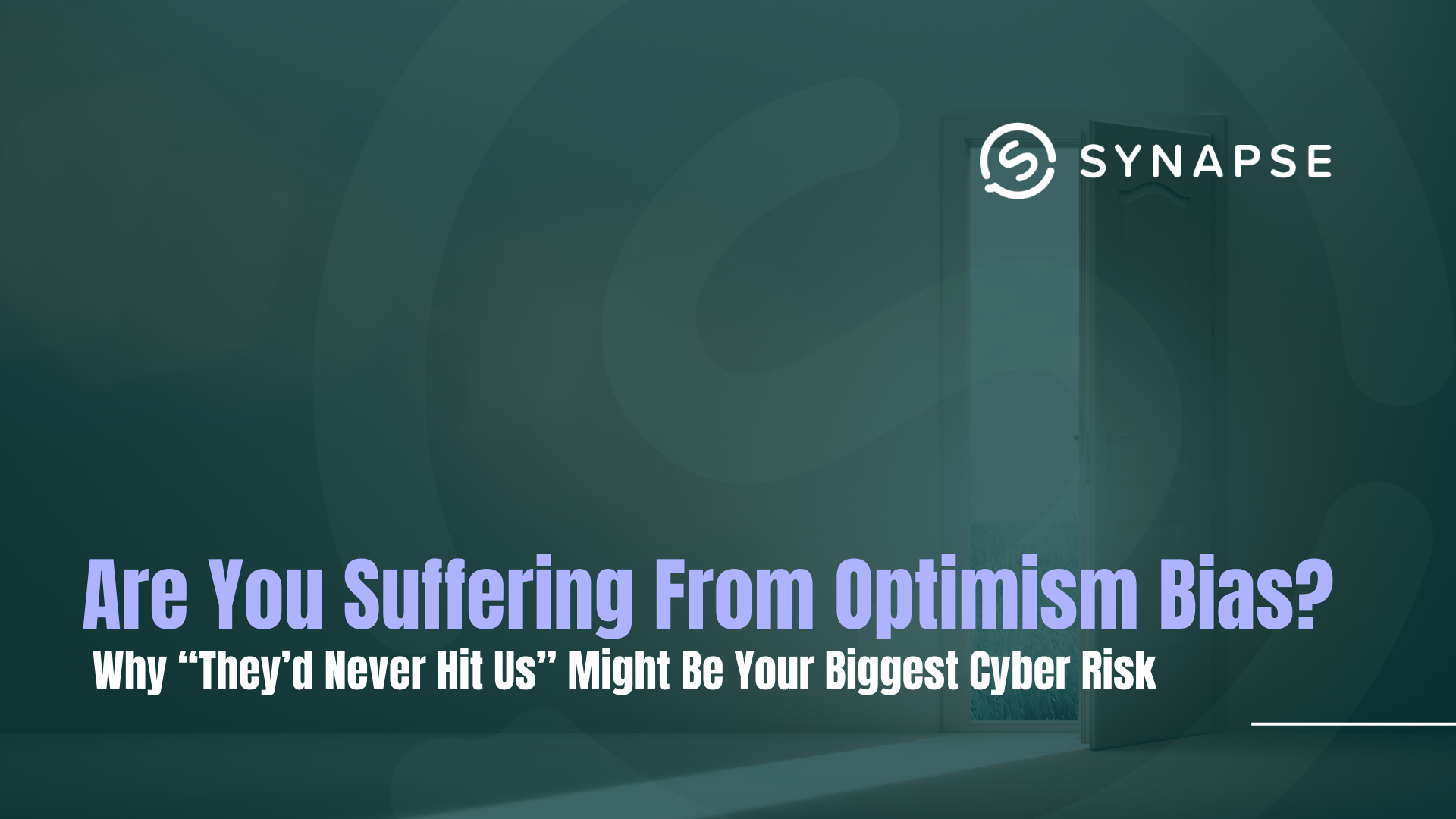.jpeg)
Software-as-a-Service (SaaS) tools have become integral to nearly every organisation. From customer relationship management to payroll and project collaboration, cloud applications enable teams to move quickly and scale without the burden of on-premises infrastructure. Yet the very ease of adoption that makes SaaS so attractive also introduces a serious challenge: security blind spots.
1. The Hidden Sprawl of SaaS
Most companies rely on of cloud applications, employees can sign up for new tools in minutes, often without the I.T Teams approval. This “shadow I.T” means your actual SaaS footprint is almost certainly larger than you think. Without a clear inventory, security teams cannot protect what they cannot see.
2. Unprotected Data Is a Breach Waiting to Happen
Every SaaS application stores or processes business data—customer records, financial details, intellectual property. If a platform is misconfigured, lacks multi-factor authentication, or uses weak user permissions, that data is vulnerable. Attackers know this and actively target poorly secured services as entry points.
3. Compliance and Legal Risk
Regulations such as GDPR, HIPAA and industry-specific standards require organisations to know where data resides and to safeguard it appropriately. An untracked SaaS application can create unmonitored data flows, leaving you out of compliance and open to fines or reputational harm.
4. Financial Waste and Operational Inefficiency
Beyond security, undiscovered SaaS assets lead to duplicate subscriptions, unused licences and unnecessary expenditure. A periodic audit often uncovers opportunities to consolidate tools, renegotiate contracts and save money.
5. Practical Steps Towards a Safer SaaS Environment
Conduct a Comprehensive Inventory: Use automated discovery tools to identify every cloud service in use.
• Classify Data Sensitivity: Determine which applications handle critical or regulated information.
• Enforce Access Controls: Apply least-privilege permissions and require multi-factor authentication.
• Monitor Continuously: SaaS ecosystems evolve rapidly; ongoing monitoring is essential.
• Educate Employees: Ensure staff understand the risks of unsanctioned sign-ups and how to request approved tools.
Take Action with the R-Graph
Knowing where to begin can feel daunting, but you do not have to tackle it alone. We have partnered up with HYCU to bring you R-Graph, which provides a clear, visual way to assess your SaaS security posture and identify where your applications may be exposed in just 15 minutes. Use it to benchmark your current environment and plan the next steps towards a fully protected SaaS estate.
Don’t wait for a breach to reveal the gaps—map your SaaS risks today with the R-Graph. Sign up to take our FREE assessment here.
Blog & Articles
Posts


.png)
